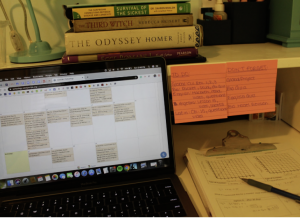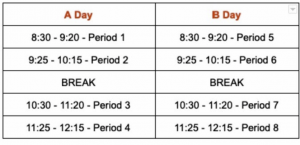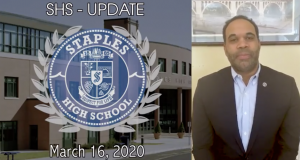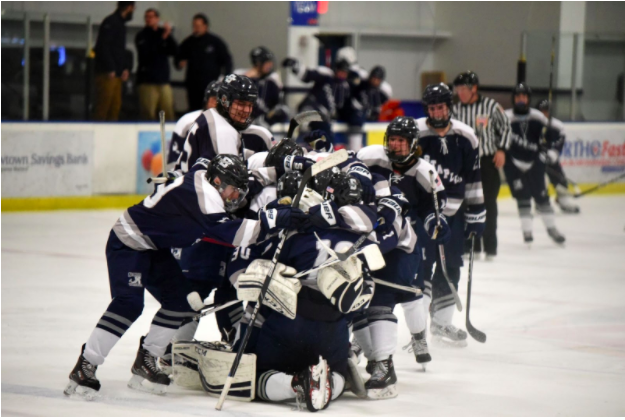Full-time remote students need more direct attention
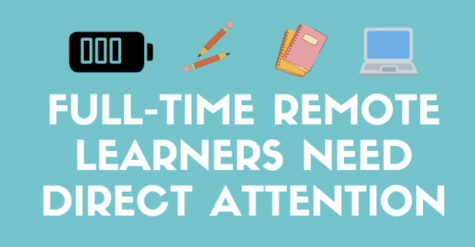
Learning about algebraic limits in pajama bottoms. Cooking grilled cheeses while discussing Charlotte Bronte’s portrayal of complex female characters. Chasing after my runaway dog during a small group discussion about early Spanish poetry.
When I decided to be a full time remote learner for the safety of myself and my family, I thought my greatest obstacle would be the camera-on requirement that quickly squashed these dreams of domestic freedom. However, my greatest challenge during full-time remote learning has proven to be something completely unanticipated: my teachers seem to have forgotten about me. Thus, in order to improve the hybrid learning model for full-time remote learners, there should be one section of each course dedicated entirely to remote students.
The forgetfulness was subtle at first, coming from the administration before individual teachers. I wasn’t provided an opportunity to pick up my textbooks until days after they were assigned to the cohort students, which meant I had to make up one week’s worth of textbook assignments in a single night in order to match the pace of the rest of the class.
Certain teachers understandably decided to administer pen-and-paper tests to prevent academic dishonesty, creating two different versions of an assessment for each cohort to take in-person. However, I never would have been given this test if I hadn’t later asked my teacher how he would like me to submit it. I could tell by his facial expression over Zoom that he had completely forgotten he had an online student.
The ramifications of each minor technological glitch are magnified exponentially for me. When a teacher forgets to share their screen or the audio cuts out, the remote cohort can get clarification the next time they are in class, because it’s very difficult to ignore a student standing in front of you. However, it is remarkably easy to neglect emails. My teachers often don’t see my emails in time because their inboxes are understandably flooded with other messages of the same nature, and it can take days for me to be able to understand a homework assignment from the beginning of the week.
I do believe that teachers have adapted to distance learning. I mean, how could they not after the spring quarter last year? I just don’t feel that teachers have adapted to having half their students online, half in-person and a small percentage never in the building. And I don’t blame them.
Frankly, I believe it is unrealistic to expect teachers to conduct two classes at once (Zoom and in person), and then on top of that, always remember the few students whom they have never met in real life. I understand how I can sometimes be overlooked, as I have been reduced to a floating head and shoulders. My teachers still don’t have proof that I have legs, and they probably think the computer sucked me up like a vacuum and I am trapped inside my laptop.
This is why there should be a class dedicated entirely to remote learners in each course. For example, one Calculus Honors or one AP Literature class comprised only of remote learners. The teacher would have all of their students in one place, the Zoom students would have undivided attention so a raised hand would never go unseen and the remote learners would have strength in numbers. Instead of having one (or rarely two) remote learners in every hybrid class, drowning them under a sea of in-person students who need assistance from the teacher, each remote class would be a supportive environment where the remote barrier between student and teacher is never forgotten.
Staples is doing its absolute best to provide a high-caliber education to its students during a global pandemic, and that alone is commendable. However, throwing remote students into a class of in-person peers is unsustainable for all parties. My classes need to be comprised of remote-students only, otherwise I will continue to be forgotten about for the rest of my senior year.













































